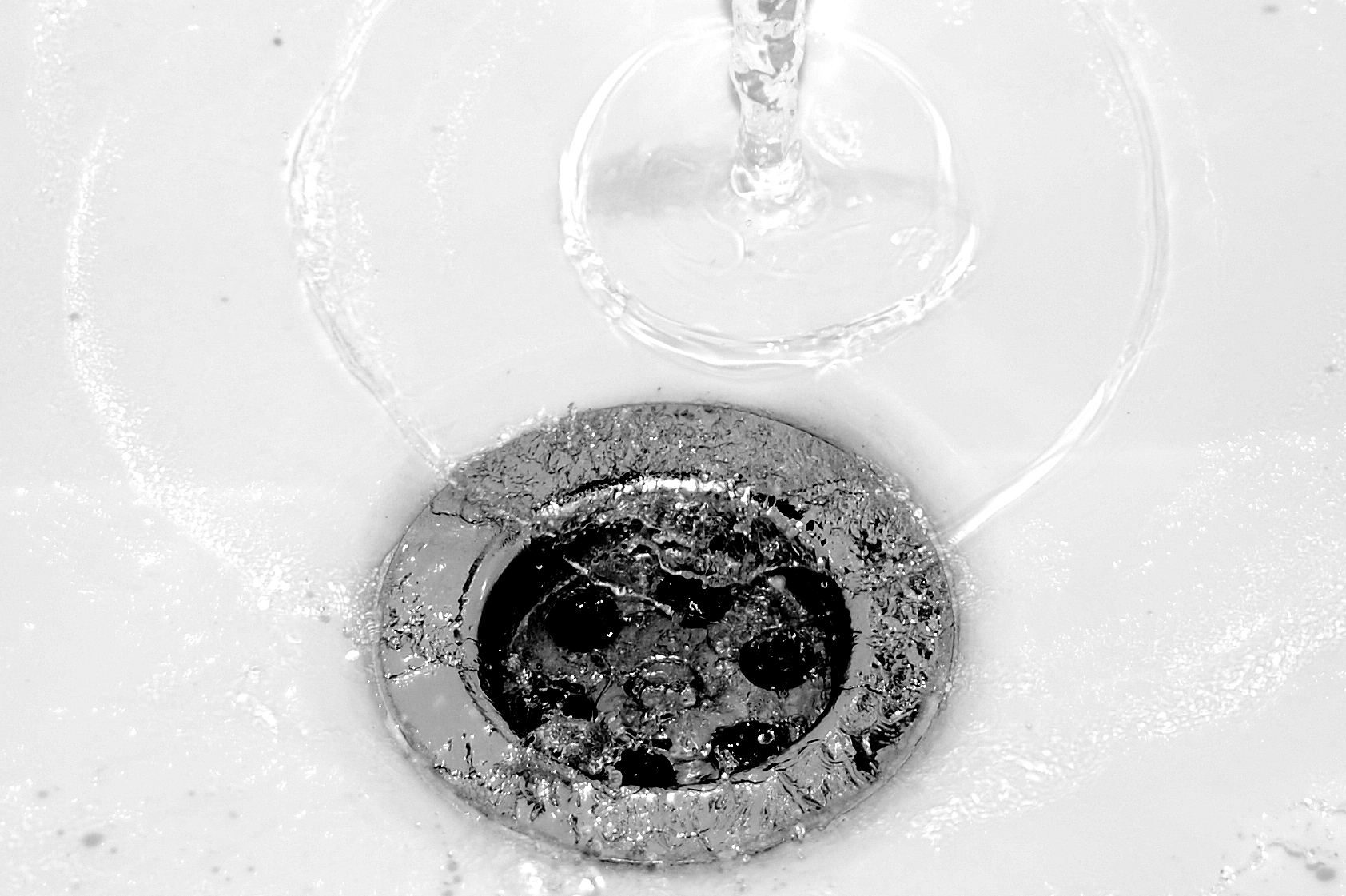Kitchen sinks may be clogged because of food. Clogs are inconvenient and create significant issues. These may be costly problems in the plumbing system of your home. In numerous cases, you will need a professional plumber. Make sure to understand why and how clogs form along with preventive measures.
Food and grease may be trapped in a pipe system under the kitchen sink. Before calling a professional, you can try some DIY remedies. Remember, you should not use chemical-based drain cleaners because these may damage your system.
Moreover, backsplash from persistent blockages might harm your eyes and skin. To avoid catastrophes with clog repair methods, you will need the safest methods for how to unblock a sink.
Use Boiling Water
With grease, hair, debris, and soap residue in the drain, boiling water can be a suitable drain unblocker. It will help you to loosen the possible blockage. Try to make it the first move as you try to unclog your sink. Here are some easy steps to follow:
● Boil almost ½ gallon of water on the stove or use your kettle to heat water.
● Pour your boiling water directly in the drain opening.
● Turn your faucet on to see if your water drains consistently. If it is standing still or draining slowly in a sink, replicate the procedure.
● Avoid this method if your sink drain is fixed to PVC pipes because the boiling water could damage or melt the plastic.
● If the process of boil water fails after the second try, you have to use another method. Remember, a stubborn sink clog may not be unclogged with boiling water.
Garbage Disposal
Garbage disposal at the sink may be the main culprit of drainage problems. Turn on a clog at the disposal to break up a blockage. Dysfunctional or overheated disposals should not turn on but may activate a reset switch at the bottom or side of the unit. Once the disposal is reset, you can turn it on once again to clear a clog.
If you notice a humming sound on turning the disposal on, the unit might be broken or jammed. Before fixing your disposal, you have to disconnect the power to a unit and avoid turning it on. Manually turn the blades to break up a clog.
An Allen wrench may help you to turn the blades manually. You can continue twisting until you start feeling less resistance. It will show that the blockage is starting to break up. Once unclogged, you can turn on the power again and test your disposal. If it sounds and looks good, turn the faucet to check sink drainage.
Plunge Away Blockages
The disposal may not be a problem; therefore, you can use a plunger. Use a toilet plunger to avoid blockage. To use a plunger, fill your sink with boiling water and create a sea around your drain. Put a plunger on the drain and start pumping down and up quickly numerous times.
In this way, you can deal with water drains. If these remedies are not working, you can call a professional plumber to solve this issue.
Problem with Kitchen Sink Draining: Tips to Unclog Your Drain Naturally

